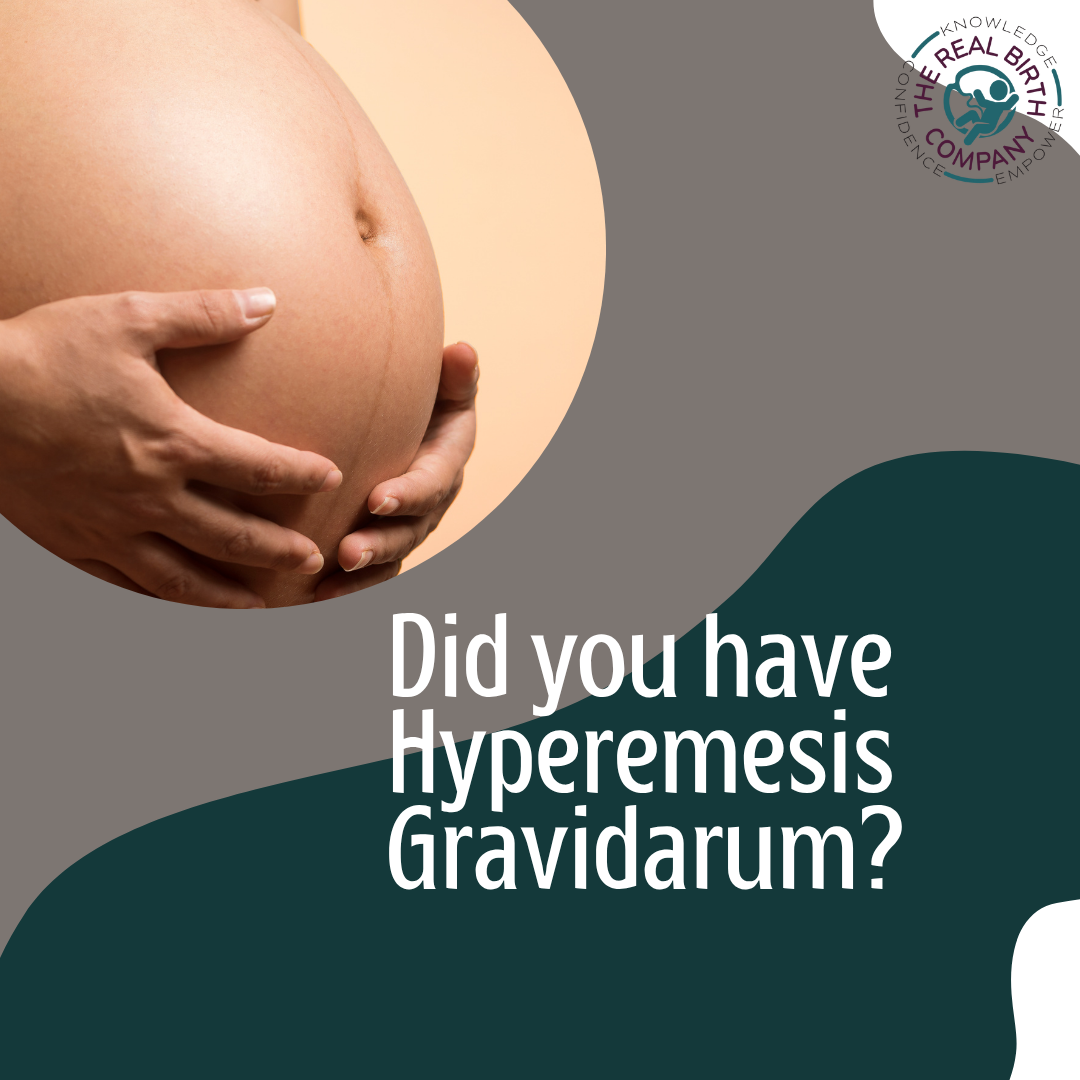
The APGAR Score: Historical Legacy or Contemporary Tool? A Critical Review for Midwifery Practice
27 May 2025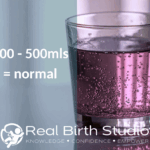
Whats the difference between normal and heavy bleeding after birth?
8 September 2025
The Phase 2 SBRI Healthcare project supported further technical development and yearlong evaluation of Real Birth, a personalised and localised antenatal education tool tailored to underrepresented groups. Inclusive content was co-developed with community stakeholders, covering diverse needs including British Sign Language users, Muslim women, transgender individuals, and those affected by FGM. The programme was also deployed at Epsom and St Helier NHS Trust, with in-person and remote training delivered to staff. Unity Insights conducted an evaluation comparing RealBirth and patient data, while HECO Analytics supported a literature review and Budget Impact Model. Feedback confirmed usability, cultural relevance, and the programme’s potential to improve maternity outcomes and reduce inequalities.
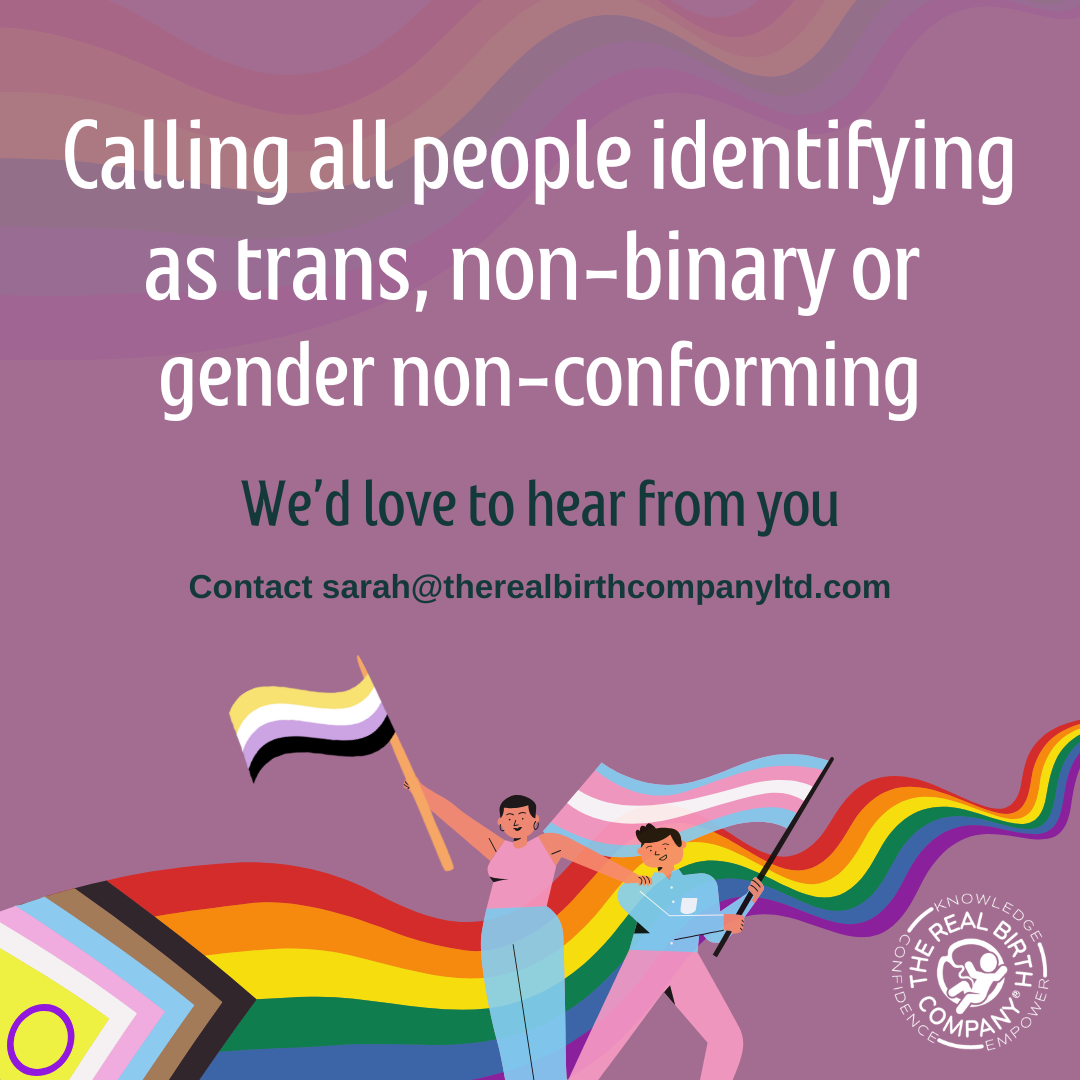
Version 4 Development
The Real Birth Company has successfully developed, implemented, and evaluated The Real Birth Digital Programme, a personalised antenatal education tool aimed at addressing significant inequalities in maternity education and outcomes, particularly among marginalised and underrepresented groups. This innovative digital programme is designed to provide accessible and culturally sensitive birth preparation content tailored to the diverse needs of its users.
The most recent version of the RealBirth platform, RealBirth V4, offers media-rich, multilingual educational materials that can be accessed at an individual’s own pace and in formats that meet varied user requirements. Special attention has been given to inclusivity by adapting content for specific groups such as British Sign Language (BSL) users, and included Muslim women observing Ramadan, transgender individuals, specific maternity health conditions such and gestational diabetes and cholestasis, and women affected by female genital mutilation (FGM). This comprehensive approach ensures that the programme supports a broader spectrum of maternity users in engaging with antenatal education in a way that respects their unique circumstances and preferences. We also created new modules for ‘Giving Birth at Home’ and ‘Induction of Labour’.
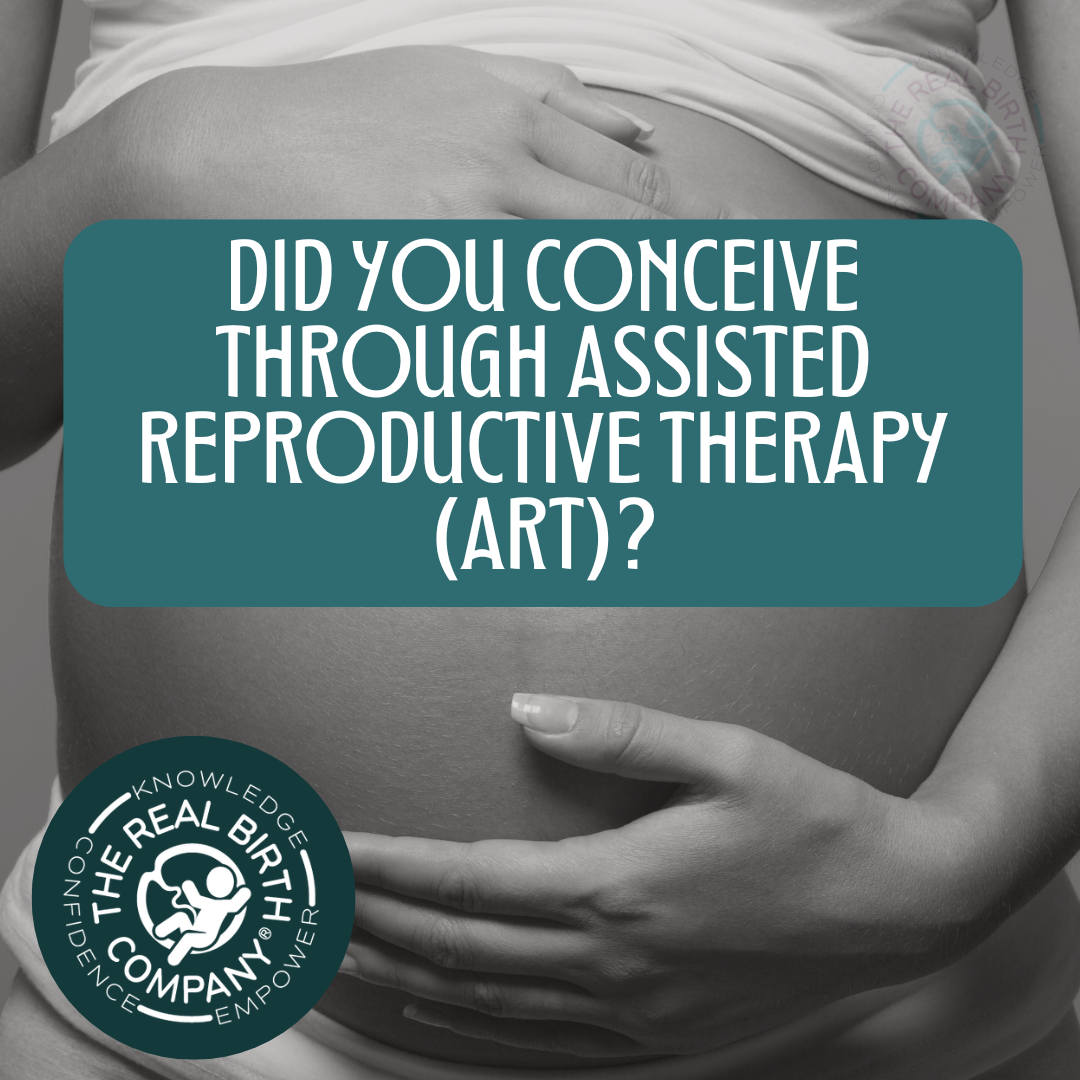
Research and Evaluations
The pre-existing platform was also piloted in NHS Trusts: Epsom and St Helier University Hospitals. During the pilot phase, several midwives received in-person training, while additional remote training was offered to community midwifery teams and maternity support workers. Over the course of the evaluation period, from January to December 2024, 614 patient records were collected to assess the programme’s impact.
The evaluation, conducted by Unity Insights, employed a mixed- methods approach to comprehensively examine the programme’s acceptability, effectiveness, economic implications, and environmental impact. Quantitative analyses compared outcomes between RealBirth (RB) users and non-users using maternity data from the Trust. This was complemented by surveys and semi-structured interviews with both service users and healthcare professionals. Furthermore, economic modelling and environmental assessments provided insight into the broader system-level benefits of the programme. Some of the findings were limited due to the data collection from within the hospital meaning that 31% of RealBirth user information was not available to use as intended.
Key findings from the evaluation revealed that users of the RealBirth platform experienced significant improvements in both clinical and experiential outcomes. The average length of hospital stay was reduced, and the rate of Did Not Attend (DNA) appointments decreased by 3.4%. Additionally, clinical complications such as postpartum haemorrhage, perineal tears, and pre-eclampsia showed measurable declines.
The majority of women in the study were primiparous, with a 1.6% reduction in first- and second-degree perineal tears. This decrease is five times greater than the 0.3% reduction observed during the OASI bundle rollout. The RealBirth digital platform and training, which emphasise perineal physiology and self-protective techniques, demonstrate promising impacts on perineal health. It is important to note that women who did not give birth vaginally were excluded from the evaluation group.
While there was a no change or small increase in some intervention rates, including caesarean sections, epidurals and inductions, and episiotomies, these may reflect enhanced informed decision-making or other clinical variables rather than negative outcomes, it is also possible that because the RB users included were in the high risk care pathways, this could have steered the result.
User satisfaction with RealBirth was notably high. Approximately 85% of participants found the software easy to use and the content straightforward to understand. Importantly, all participants reported that the Workshop was helpful. Healthcare staff echoed this positive feedback, with 78% indicating that the tool enabled more personalised care and 85% agreeing it contributed to improved patient outcomes. Qualitative responses described the innovation as “a lifeline” and praised the quality and helpfulness of the information provided.
Improving Health Inequalities
Significantly, the programme demonstrated promising results in tackling health inequalities. Usage among individuals from Asian and Asian British backgrounds was 26%, which exceeded the Trust’s general population rate of 18%, indicating that the platform successfully reached groups traditionally underserved by maternity education services. This outcome suggests that the accessible and culturally tailored design of the RealBirth platform facilitated broader engagement among diverse populations.
From an economic perspective, the evaluation revealed a strong return on investment, estimated between £1.60 and £2.00 for every £1 spent. This finding reflects potential cost savings through decreased healthcare utilisation and improved health outcomes, such as lower intervention rates and shorter hospital stays. Environmentally, the evaluation identified carbon savings exceeding 16,000 tonnes of CO₂ per year. These reductions primarily resulted from diminished travel for in-person education and more streamlined maternity service delivery, thereby supporting NHS sustainability targets.
Systematic Literature Review
In addition to the evaluation findings, HECO Analytics conducted a systematic literature review that uncovered important insights into the typical hours of care women and people receive within the NHS standard maternity pathway. The review revealed that many women are not attending all scheduled antenatal appointments, as these are increasingly being replaced by scans or other interventions. This substitution significantly reduces the amount of time women and people spend with their midwives. Such a shift not only widens the gap in midwifery care but also diminishes the valuable face-to-face contact that research shows is crucial for improving outcomes for women, families, and babies.
These findings have informed ongoing discussions with NHS sites, helping to contextualise the RealBirth programme within existing care frameworks. Moreover, the Budget Impact Model developed by HECO Analytics demonstrated further substantial cost savings related to interventions during childbirth. This highlights the potential of the RealBirth Digital Programme not only to improve clinical outcomes but also to reduce healthcare expenditure by optimising the use of resources within maternity care.
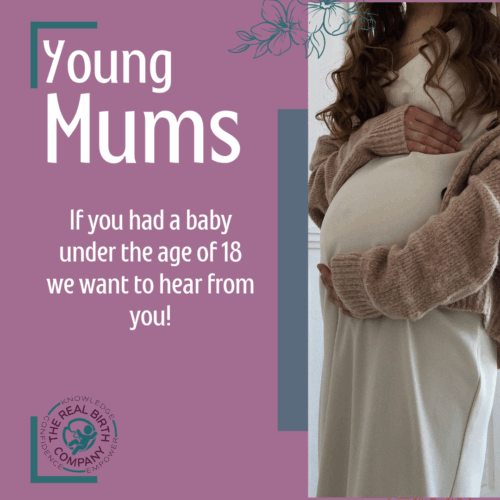
Next Steps
Building on these findings, our focus remains firmly on enhancing support for women, people, and families throughout their maternity journey. We are committed to advancing Equality, Diversity, and Inclusion (EDI) initiatives to ensure that care is accessible, respectful, and responsive to the diverse needs of all individuals. This includes tailored resources and culturally sensitive support that empower everyone, from more backgrounds.
